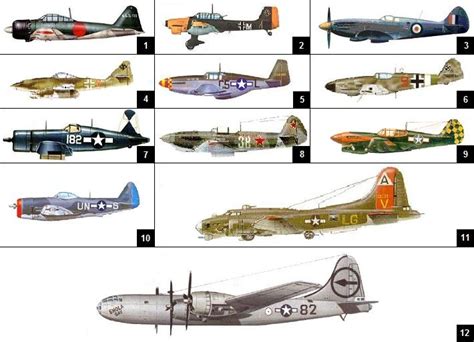5 Stages from Babbling to Fluency

Understanding the Language Acquisition Process
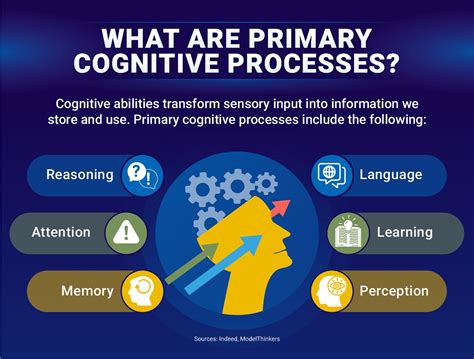
Language acquisition is a complex and multi-faceted process that involves various stages, from babbling to fluency. Understanding these stages is essential for parents, educators, and language learners to provide effective support and guidance. In this article, we will explore the five stages of language acquisition, from the initial babbling stage to the final stage of fluency.
Stage 1: Babbling (6-9 months)
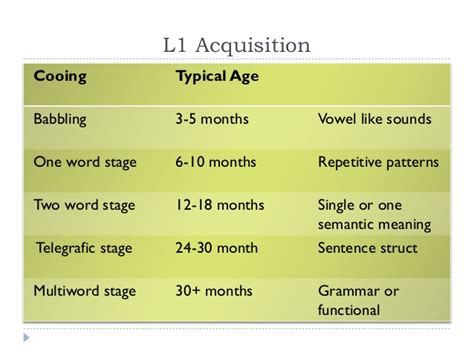
The first stage of language acquisition is babbling, which typically begins around 6 months of age. During this stage, infants start making sounds that resemble language, such as cooing, vowel sounds, and consonant-vowel combinations. Babbling is an essential stage in language development, as it lays the foundation for future language skills.
👶 Note: Babbling is a critical stage in language development, and parents can encourage their infants to babble by responding to their coos and sounds.
Stage 2: Holophrastic Stage (9-18 months)

The holophrastic stage typically begins around 9 months of age and lasts until around 18 months. During this stage, children start using single words to communicate, such as “mama” or “dada.” These words are often used to convey a complete thought or message, hence the term “holophrastic.”
Characteristics of the Holophrastic Stage:

- Using single words to communicate
- Understanding simple words and phrases
- Imitating sounds and words
Stage 3: Two-Word Stage (18-24 months)
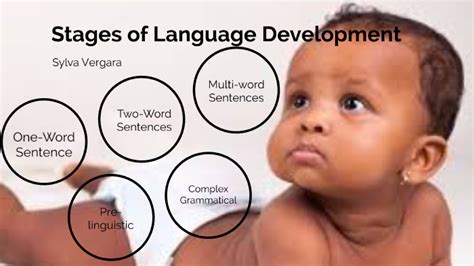
The two-word stage typically begins around 18 months of age and lasts until around 24 months. During this stage, children start combining two words to form simple sentences, such as “mama go” or “want juice.”
Characteristics of the Two-Word Stage:

- Combining two words to form simple sentences
- Using simple grammar and sentence structure
- Expanding vocabulary
Stage 4: Telegraphic Stage (2-3 years)

The telegraphic stage typically begins around 2 years of age and lasts until around 3 years. During this stage, children start using short sentences that resemble telegrams, hence the term “telegraphic.” These sentences often lack grammatical markers, such as articles and prepositions.
Characteristics of the Telegraphic Stage:

- Using short sentences with simple grammar
- Omitting grammatical markers, such as articles and prepositions
- Expanding vocabulary and sentence structure
Stage 5: Fluency (3+ years)

The final stage of language acquisition is fluency, which typically begins around 3 years of age. During this stage, children are able to communicate effectively and efficiently, using complex grammar and sentence structure.
Characteristics of the Fluency Stage:
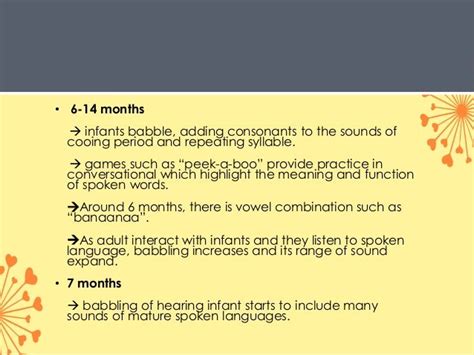
- Using complex grammar and sentence structure
- Understanding and using idiomatic expressions
- Communicating effectively and efficiently
What is the most critical stage of language acquisition?

+
The babbling stage is the most critical stage of language acquisition, as it lays the foundation for future language skills.
How can parents encourage language development in their children?
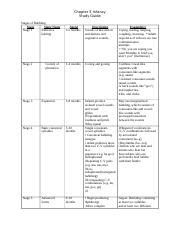
+
Parents can encourage language development in their children by responding to their coos and sounds, reading to them, and engaging in conversations.
What is the difference between the holophrastic stage and the two-word stage?

+
The holophrastic stage is characterized by the use of single words to communicate, while the two-word stage is characterized by the combination of two words to form simple sentences.
In conclusion, the five stages of language acquisition, from babbling to fluency, are essential for understanding the complex process of language development. By recognizing these stages, parents, educators, and language learners can provide effective support and guidance to help individuals achieve fluency in their language skills.
